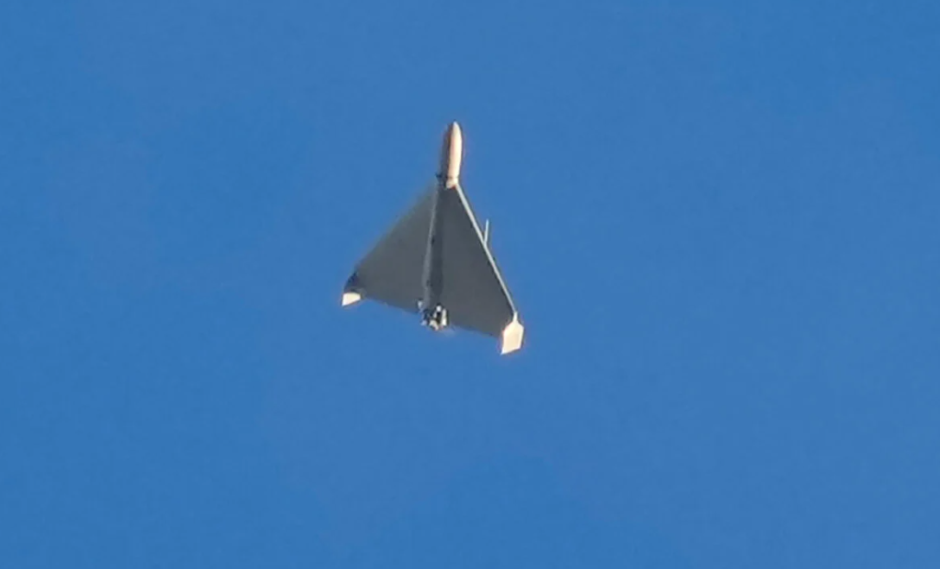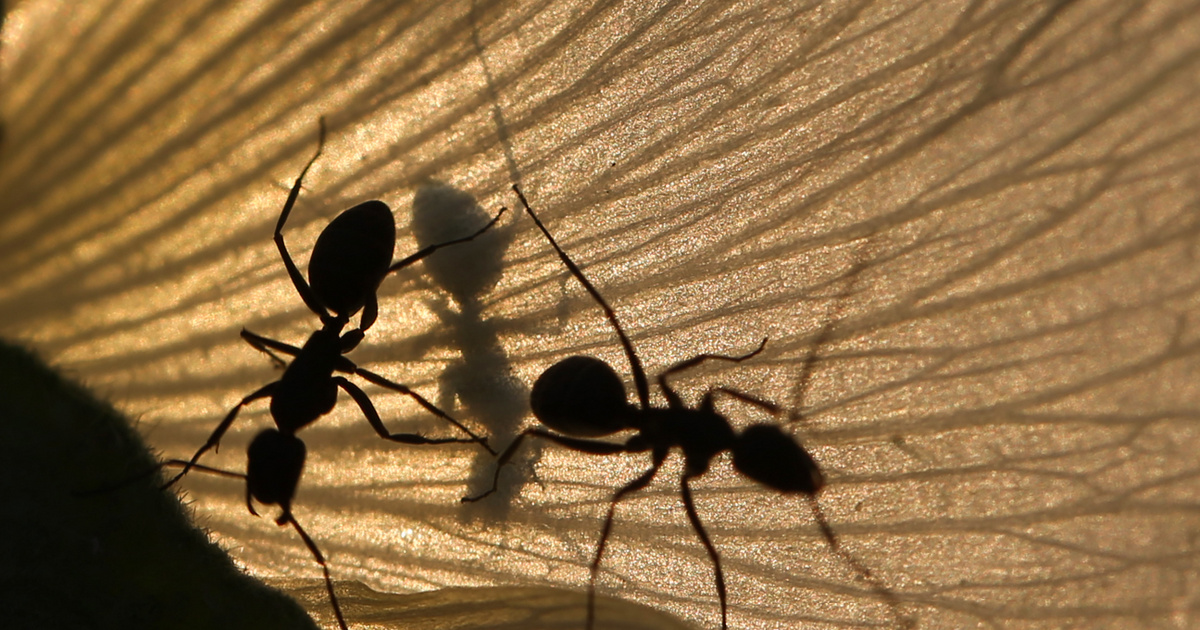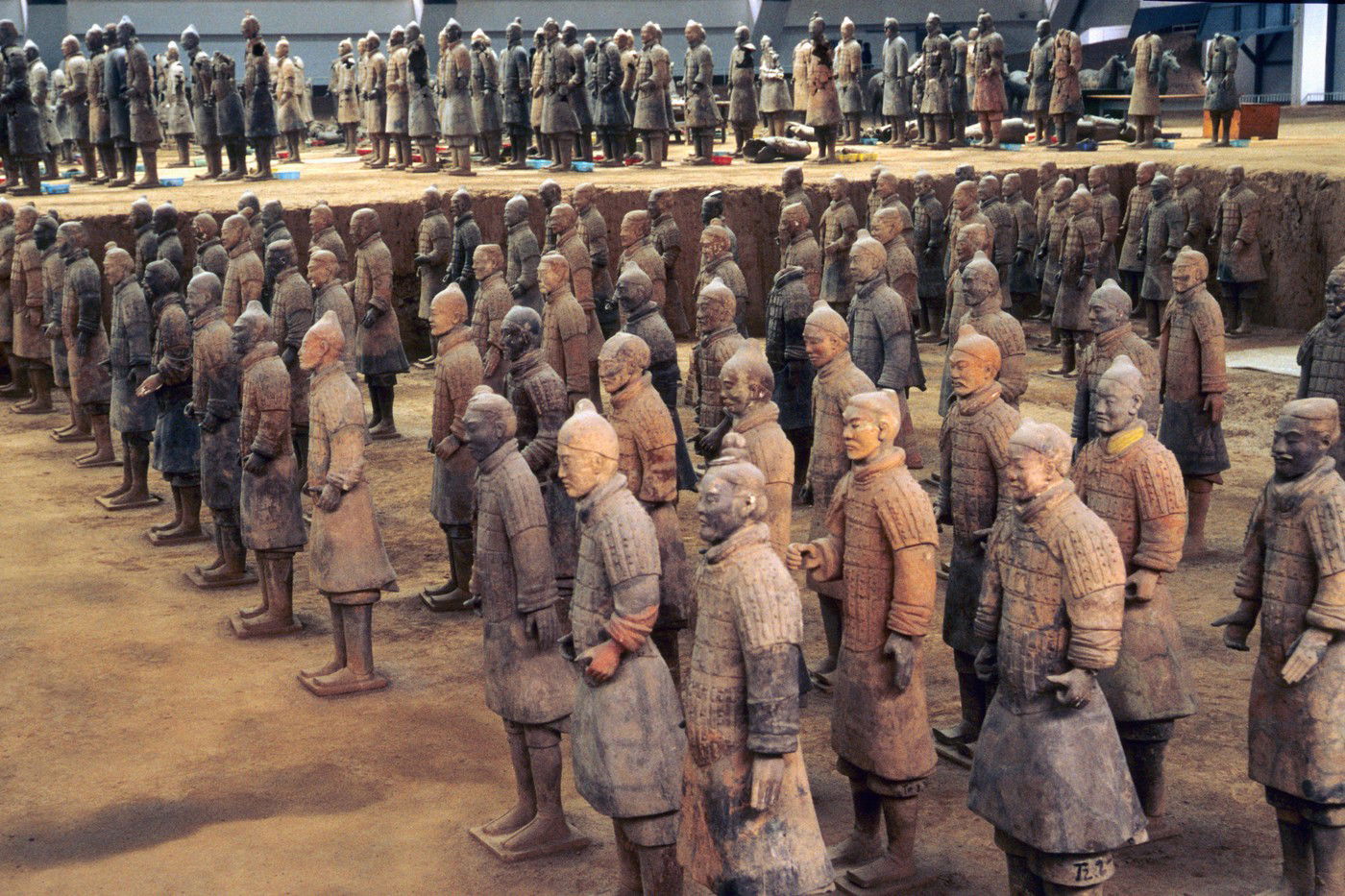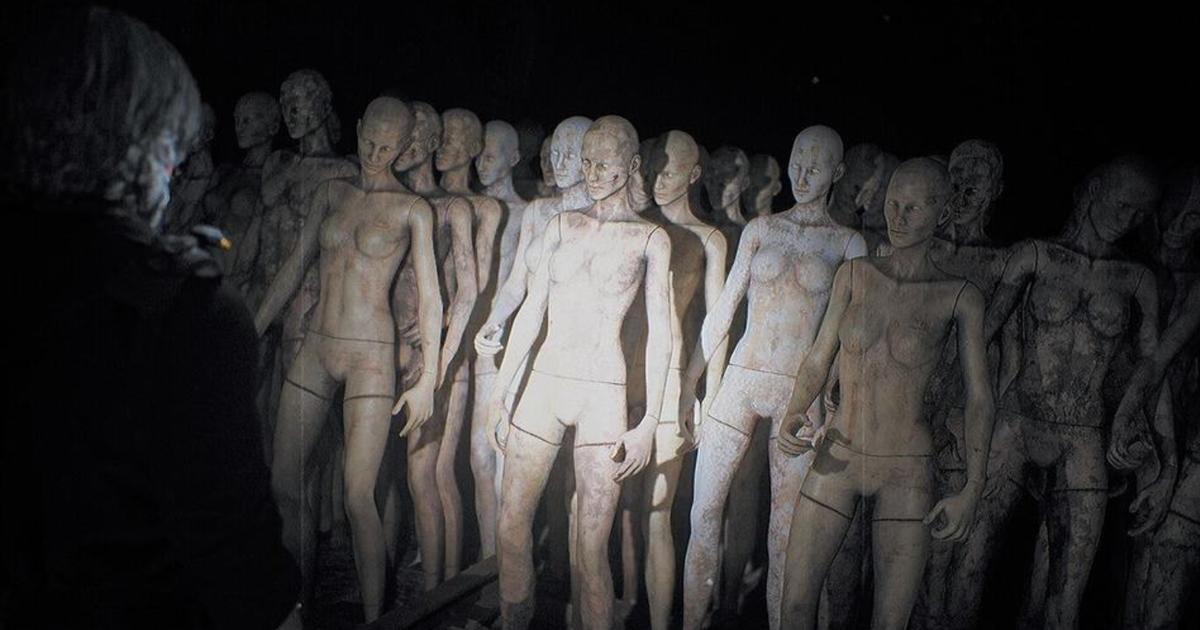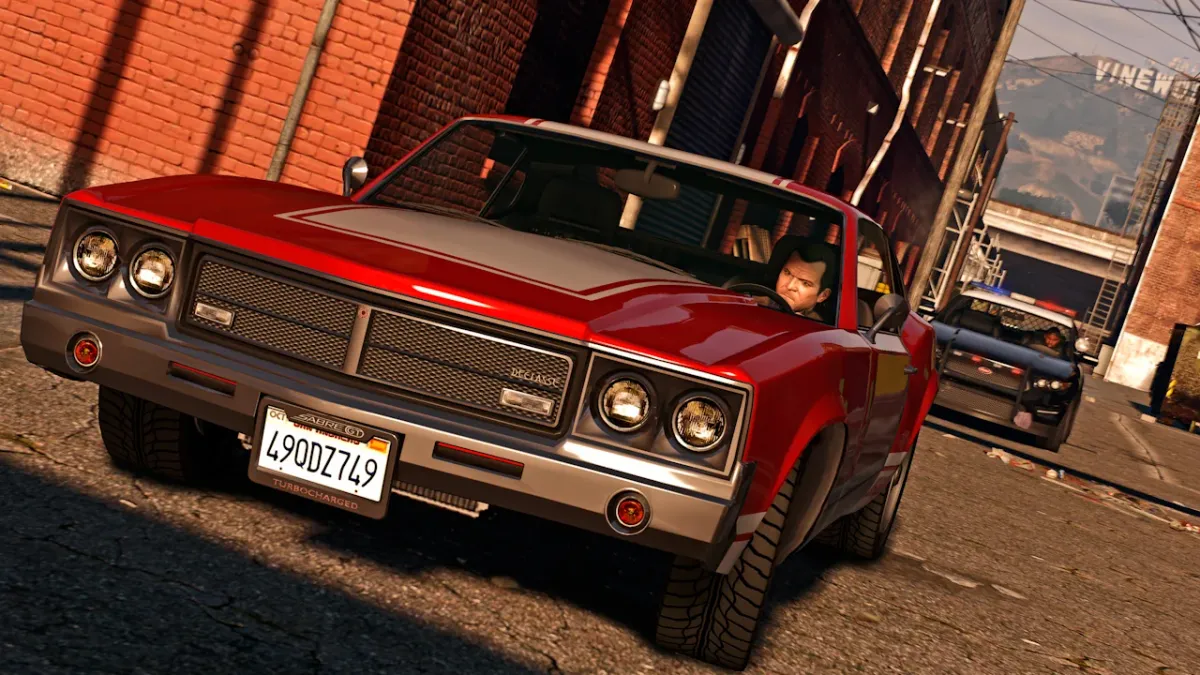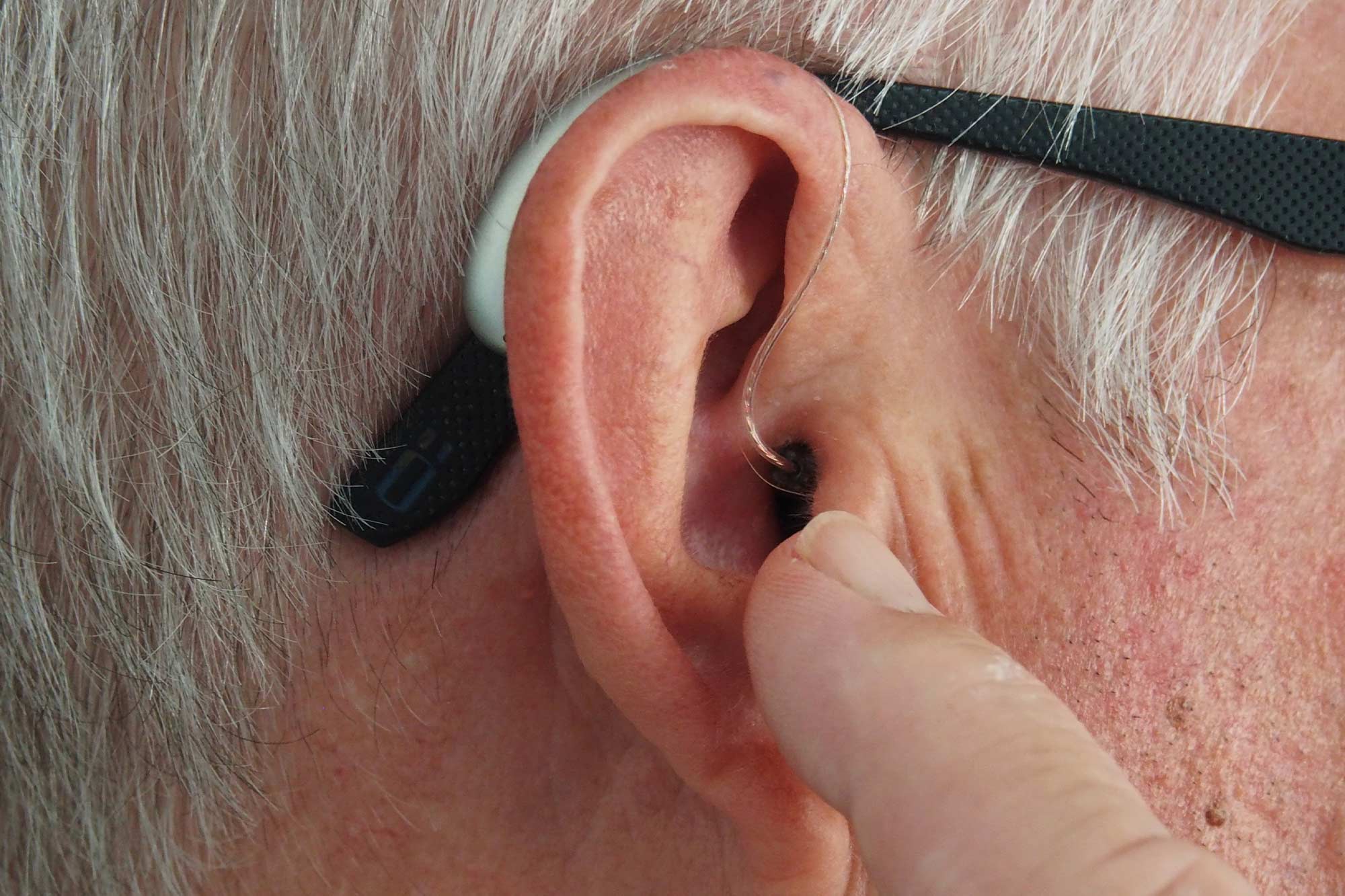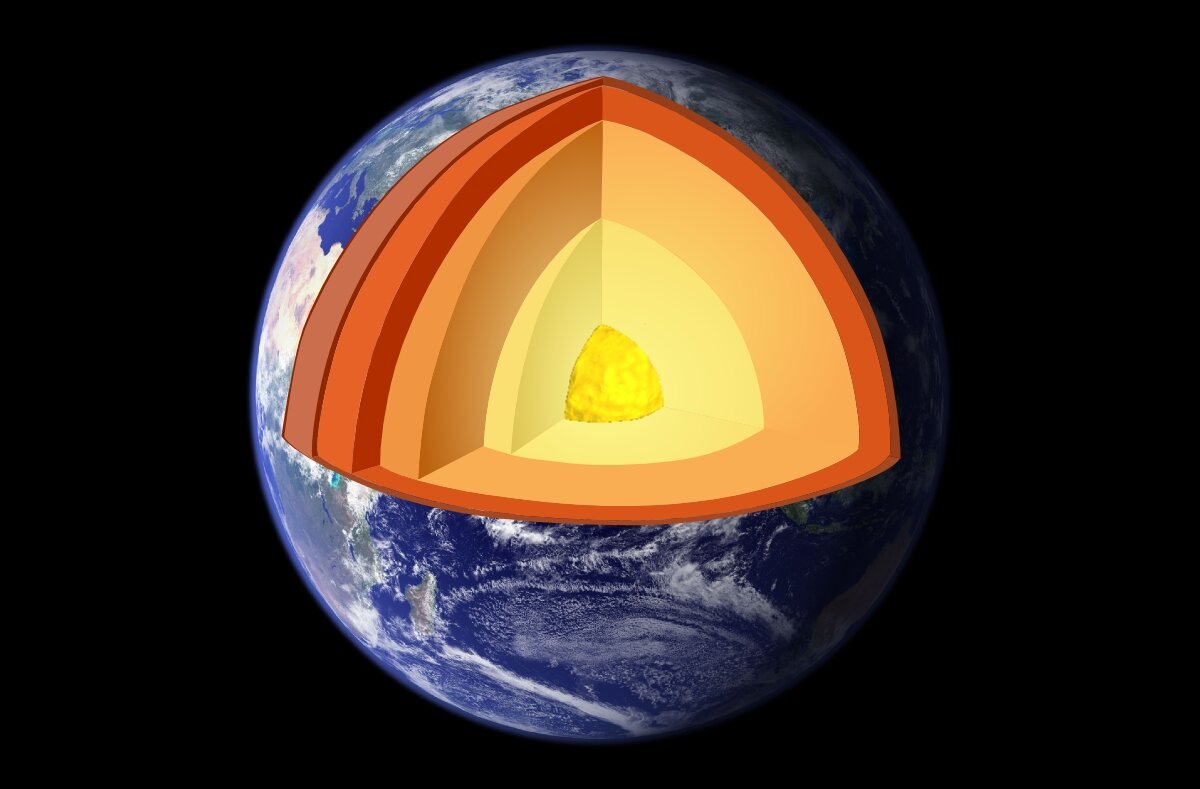Many layers of the Earth are hidden from our eyes. But what if we could drill through the center of the planet to the other side? Extreme pressure and hot temperatures will accompany the journey down through the Earth’s layers and out the other side.
the Live Science He gave the answer to the question, of course strictly only in theory.
How far have drilling projects reached so far?
First, just to put things in context, the Earth is over 12,000 kilometers in diameter. The outermost layer is the crust, which is about 100 kilometers thick according to the USGS. As the holes go deeper and deeper into the ground, the pressure continually increases.
“The pressure of every three meters of rock is equal to the normal atmospheric pressure at sea level,” Doug Wilson, a research geophysicist at the University of California, Santa Barbara, explained the math to Live Science. This adds up very quickly when we are talking about several kilometres.
The deepest man-made crater today is the Kola Crater in Russia with a depth of 12.2 kilometers. The pressure at the bottom is four thousand times sea level. According to the World Atlas, it took scientists nearly 20 years to reach this depth. This is still far from the boundary of the crust and the subsequent layer, the mantle, at a depth of 100 km.
The boundary between the mantle and the core is called the Mohorovitch discontinuity. Scientists first tried to drill into the deep sea floor here in the 1950s and 1960s as part of the Mohol Project, but were unsuccessful.
We can’t get far without drilling fluid
Any hole made while trying to drill through the planet will collapse unless we continuously pump drilling fluid into the hole. In deep sea and oil well drilling, this fluid is a mixture of clay containing heavy metals such as barium. The weight of the fluid resists the pressure of the surrounding rock and prevents the hole from collapsing.
Drilling fluid also cleans the drill bit to prevent sand and gravel from clogging the machine and helps reduce temperatures.
In the deepest layers of the earth, it would be almost impossible to cool the drilling machine. The mantle temperature is 1410°C. Stainless steel will melt, so this drill must be made of a special, expensive alloy such as titanium.
Incomprehensible circumstances prevail in the heart
By passing through the mantle, the drilling will eventually reach the Earth’s core, at a depth of about 3,000 kilometers. The outer core consists mainly of liquid iron and nickel, and its temperature ranges from 4000 to 5000 degrees Celsius. Drilling through the hot molten iron-nickel alloy would be particularly difficult.
“It’s going to cause a whole host of problems,” Damon Teagle, a professor of geochemistry at the University of Southampton, told Live Science. The fiery outer core will be drilling into the liquid, likely melting the drill unless we pump cold water down.
After a distance of 5,000 km, the drilling will reach the inner core, where the pressure is so strong that despite the scorching temperatures, the nickel-iron core remains solid. “We would really be under indescribable pressure. About 350 gigapascals, or 350 million times atmospheric pressure.
It is one thing to reach the center of the nucleus, but to go beyond it is doubly impossible
“The drill will be pulled into the Earth’s core by Earth’s gravity all the time. However, at the center of the core, gravity will be as if we were in Earth orbit — we would be practically weightless,” Wilson said. That’s because the pull of Earth’s mass will be equal in all directions, Wilson said. .
Then, as the crater continues toward the other side of the planet, the gravitational pull changes relative to the crater’s position, effectively pulling it “down” toward the core again. The drill must work against gravity as it pushes “up” toward the surface, and back through the outer core, mantle, and crust to reverse the downward path.
“If we overcome all these obstacles, the biggest problem after getting to the center is that we still have a long way to go to get to the other side,” Teagle said.
Worth reading:












